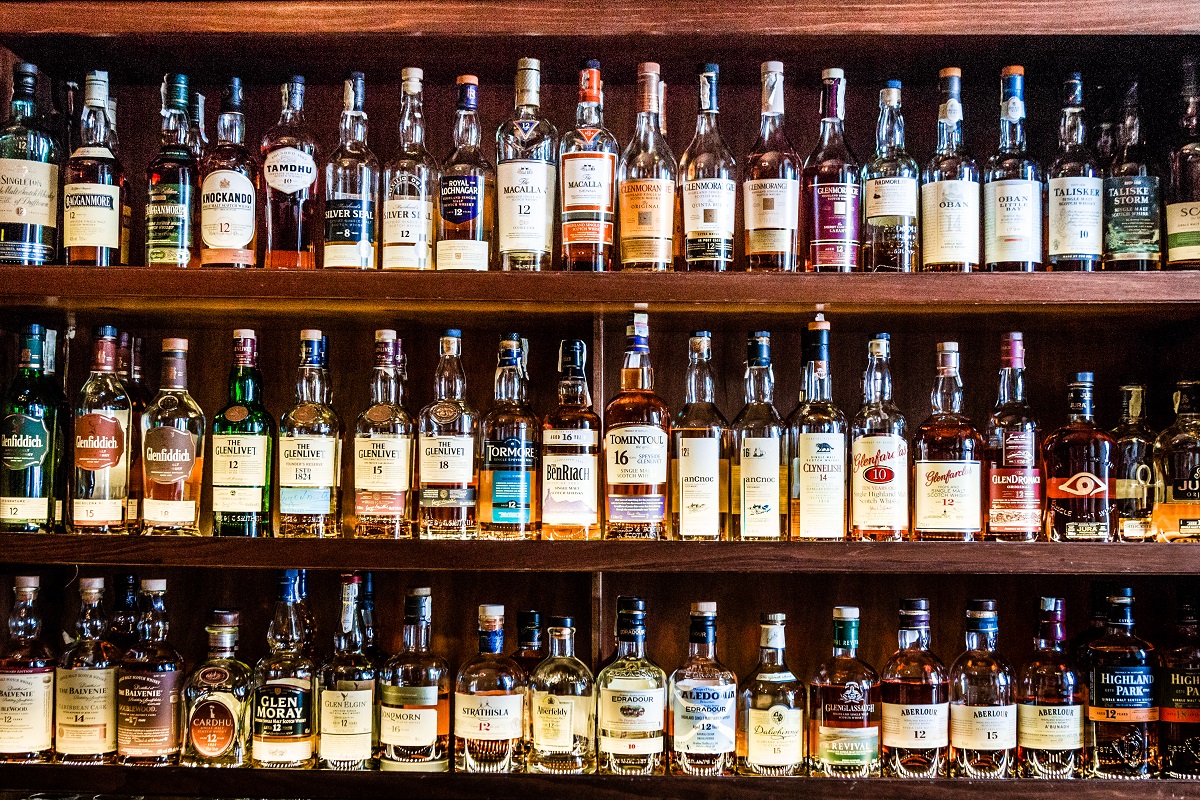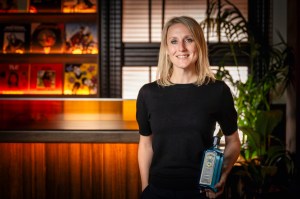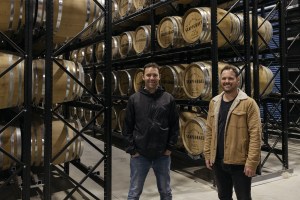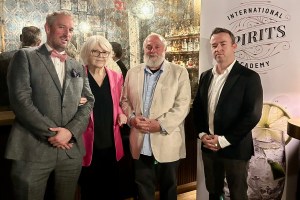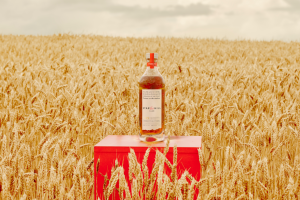What's Hot
National Demand Surges for Compa Tequila RTDs
Compa Drinks Co has exploded onto the Australian market this August with the national launch of its innovative tequila RTD range, developed in partnership with Alepat Taylor. Within weeks, the brand has...
Paramount Liquor Launches Game-Changing New Website
Paramount Liquor has proudly unveiled its brand-new website, designed from the ground up with hospitality venues front of mind. This digital transformation marks a bold step forward for the business...
GLENFIDDICH UNVEILS LIMITED EDITION 16-YEAR-OLD WHISKY
Glenfiddich, the World’s Most Awarded Scotch Whisky, is releasing a limited edition Glenfiddich 16-Year-Old Single Malt Scotch Whisky, celebrating its multi-year partnership with the Aston Martin F1® Team. Available in Australia just in time for Father’s...
Two Tassie Single Malts under $99
From the makers of Australia’s Finest Aged Whisky comes two remarkable single malts that deliver the quality and flavour you’d expect from Hellyer’s Road, for under $99 RRP. In the...
Finally, an Authentic German Session Lager!
Introducing the Hofbräuhaus 3.3 Session Lager – available in 500mL cans and 50L Kegs, this 3.3% unfiltered Larger is a winner! Empire Liquor presents Hofbräu München – The original Brew of Bavarian...
Built to Scale with You
Outrayjus understands the distinct demands of the sectors it serves. Whether you’re moving ambient or chilled products, boutique, or bulk orders, the Outrayjus model is engineered for flexibility and growth. It’s a logistics...
The Shy Kiwi wines bring quiet New Zealand charm
Independent Beverage Partners has launched a new wine range, The Shy Kiwi, inspired by the quiet charm of New Zealand’s beloved kiwi bird. Just as the kiwi navigates its world...
Crafting the new rules for whisky
With rising tariffs and growing demand for local spirits, Starward’s Two-Fold is winning over curious whisky drinkers—thanks to its bold flavour, local ingredients and competitive price point. With escalating tariffs...
Suntory Oceania launches in Australia.
Beverage giant Suntory is known for innovation, crafting market-leading beverages from Japan’s finest whiskies to iconic RTDs such as Suntory -196. In one of its boldest moves yet, Suntory has officially launched a $3 billion multi-beverage powerhouse that will disrupt and ignite...
A new horizon – introducing Never Never’s bold new look
A shift in size with the same award-winning spirit Australia, 14 June 2025 – Award-winning distillers Never Never have launched a brand new look and bigger bottle size. The striking new...
Archie Rose White Cane Rum Riff Champions Announced
The Archie Rose White Cane Rum Riff Competition has officially wrapped. With finals held across the country throughout May and June, six regional champions have now been crowned. Contestants were...
Celebrate a Century with Australia’s Oldest Spirit
To celebrate their 100th distilling season in 2025, St Agnes Distillery has unveiled the St Agnes XXO 50 Year Old Exceptional Reserve, the oldest bottled spirit ever produced in Australia....

